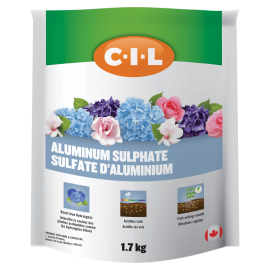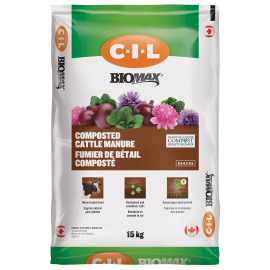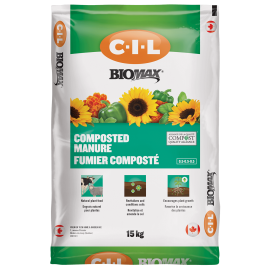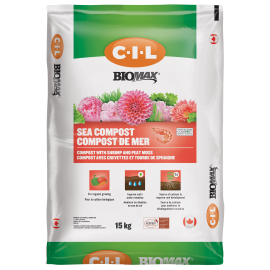Magnificent flowering geraniums in 3 steps
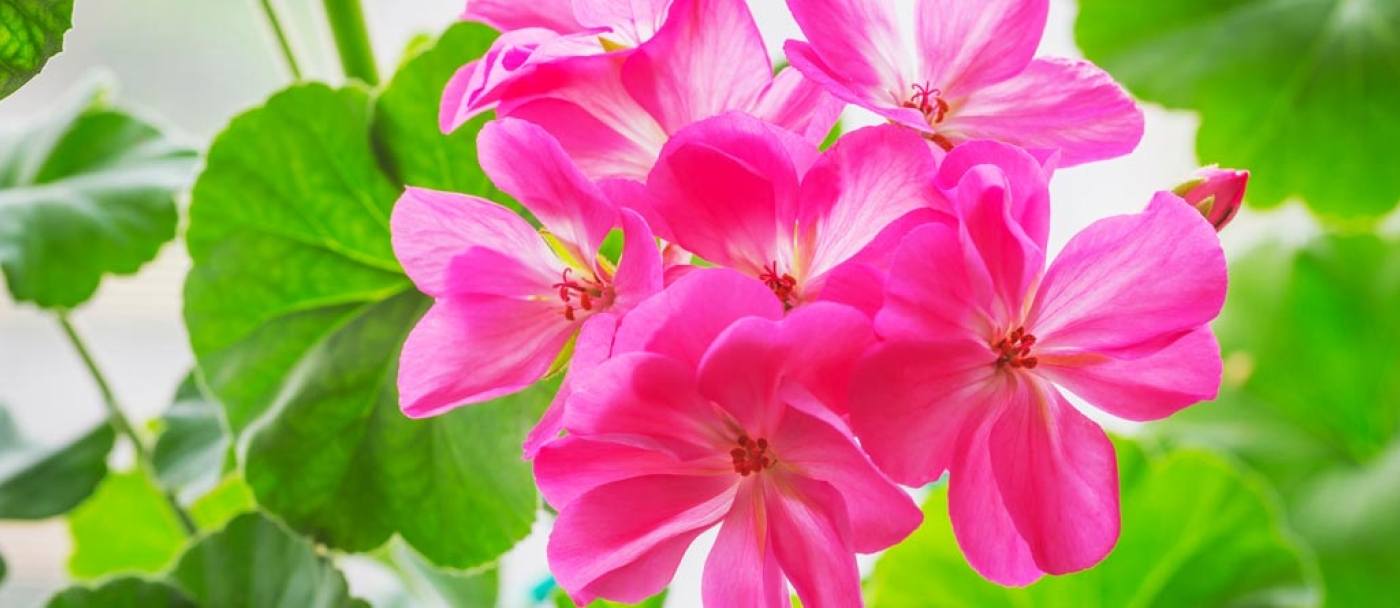
The plants sold in garden centres under the name geranium are in fact garden pelargoniums. Originally from South Africa, the popular balcony and patio geranium was imported by Europeans over 250 years ago and the mistake in the name has been repeated ever since.
And it's not just here. The world seems to agree on this point. So much so that the true geranium, which has been successful in our gardens for only a few decades, has been renamed perennial geranium.
If you want to add a nice splash of colour to your outdoor environment, look no further! Geranium – or pelargonium – is the plant for you. A long-time favourite of horticultural enthusiasts, the geranium is a safe choice available in a wide range of colours, shapes and sizes. It will bloom all summer long without requiring too much care.
The difference between perennial geranium and pelargonium or annual geranium
The true geraniums are hardy perennial plants that tolerate our winters well. They bloom from May to September, depending on the cultivar. It is infallible, generally abundant and of long duration. The flowers are regular, cup-shaped, flat or star-shaped, and white, pink, purple or blue in colour. Their petals are often veined with a contrasting hue. The plant has a rounded, bushy and sometimes creeping habit.
Sold as annuals, pelargoniums adorn flower beds, flower pots and window boxes with blooms from May to October. Their attractive, irregular flowers are single or double, and appear in clusters at the end of erect stems. They can be red, pink, white, orange or purple, sometimes partially veined or with petals with a contrasting outline. Their green foliage can be two-toned, variegated with black, yellow or silver.
Originally, there were more than 400 species of pelargoniums. With the many hybrid varieties created by gardeners, there are now several thousands. If their leaves contain essential oils that often repel insects, some, however, give off pleasant scents of chocolate, mint, eucalyptus, apple or citrus. A variety that smells like roses is also grown on a large scale for use in perfumery.
Here are some tips for growing beautiful flowering geraniums.
1. How to plant geraniums

It is possible to grow a geranium from seed, but it is much easier and faster to plant small geraniums purchased from garden centres.
Although you can certainly grow geraniums in flower beds, these plants are happiest in containers where their roots can be slightly crowded. Use a good quality potting mix enriched with a slow release fertilizer. Avoid garden soil; it compacts too quickly and could smother the roots. Do not recycle your old potting mixes either and take care to wash your containers before planting.
Place your geranium in full sun once all risk of frost has passed. The ivy geranium will prefer a shadier location, especially on hot summer afternoons.
When planting, it is best to respect a distance of 30 centimetres between each plant.
OUR TIP: The geranium blooms from May to October. For optimal flowering, faded flowers and yellowed leaves should be removed as you go.
2. How to fertilize geraniums

Geraniums need fertilizer to stimulate healthy flowering, especially if grown in containers. Unlike plants in the ground, container geraniums need a little help in drawing nutrients from the soil.
You can fertilize your geranium once in the spring, with a controlled-release fertilizer, or in the spring and summer, with an all purpose granular fertilizer. However, you won't have to fertilize in the first few weeks if the potting mix already contains fertilizer.
The other option is to use a water-soluble fertilizer designed for flowering plants. This type of fertilizer, easy to use, must first be mixed with water and is applied every two or three weeks during the season on soil that is not dried out.
With all fertilizers, you will not only obtain a more generous and longer bloom, but also flowers with more intense colours.
In the case of granular fertilizers, always water generously after applying.
OUR ADVICE: To prevent the appearance of disease, gradually remove the leaves showing colour spots or those that are dried out or browned.
3. How to water geraniums

Geraniums are relatively drought-tolerant, but it's best never to let the soil get completely dry. Conversely, they are likely to rot if the soil is soggy. Make sure the container has drainage holes.
It is better to water generously but less often than sparingly and frequently. Water your geranium deeply, but only when the soil feels dry to the touch. Pour the equivalent of a large watering can and check that the excess water drains well outside the pot.
Check your geraniums daily during very hot, dry weather. Containers can dry out quickly.
OUR TIP: Ideally, water early in the morning or late in the evening, after sunset. Using mulch will keep the soil moist longer.
What to do with your geranium in the fall
As the annual geranium does not tolerate frost, it generally goes to compost when the temperature cools. Be aware, however, that it is possible to keep them indoors during the winter to avoid buying them again the following spring.
There are three different ways to save your geraniums in Nordic countries: use it as a houseplant, take cuttings or make it go dormant.
Bringing geraniums into the house
The first solution is the simplest, although geraniums are not at the peak of their beauty once inside. Before bringing yours in, treat it with an insecticidal soap to avoid bringing in insects. Remove all faded or yellowed flowers, buds and leaves and place your plant near the sunniest window. Water it when its soil feels dry to the touch and who knows, it might produce the occasional bloom!
Making cuttings
Take your cuttings in September, before the nights get too cold. Choose vigorous stems, but also young and very green, and cut them between two nodes (the roots will form there).
In September, it is possible to take cuttings from geraniums to create new plants from your current plants before they die back. Remove flowers, flower buds and lower leaves, then pinch off the tip to encourage the cutting to branch out. Use seedling soil to plant your cuttings. Make a hole using a pencil and insert the cutting. The more nodes are buried, the more likely your plant will be to root.
Place the cuttings in a warm, well-lit location, but out of direct sunlight. Make sure the soil always stays moist, but don't trap them in a dome or mini greenhouse. The first young leaves should appear after 4 to 8 weeks, indicating good rooting. You can then transplant your smaller geraniums into larger pots and treat them as houseplants.
Putting geraniums dormant
Geraniums are not big dormancy enthusiasts. If you choose this option, you should expect to suffer some losses. Your plants will need to be kept in a humid place and at a temperature of around 5 °C; the garage or root cellar is often a good choice. The plants must not freeze.
Dig up the plant and shake it to remove excess soil from the roots. Place the plants away from light, in a cardboard box or paper bag, and let them dry. Check their status from time to time. In case of mould, remove the affected sections before putting the plants back in the dark.
In March, bring the plants out of their dormancy and put them in pots. They will join your indoor plants until all risk of frost has passed in the garden.
PRO TIP: The following spring, don't forget to acclimatize your plants before allowing them to enjoy the great outdoors. Place them first in the shade and sheltered from the wind the first few days, then in partial shade the following days. They will then find their place in the sun without experiencing any major upheaval!

